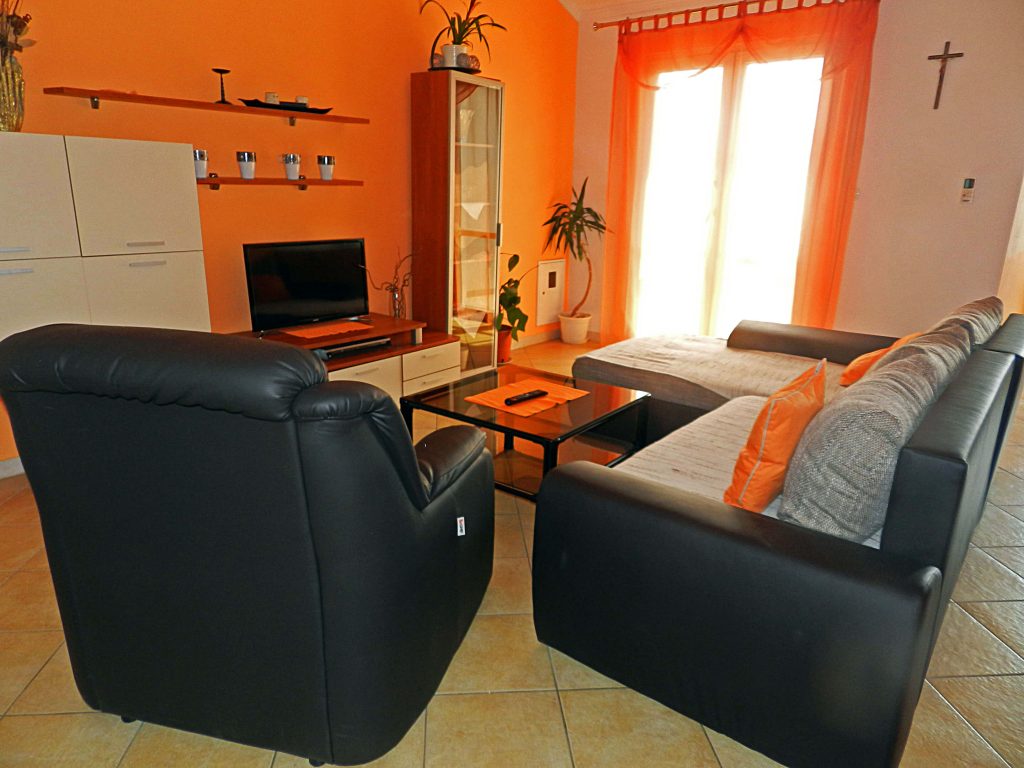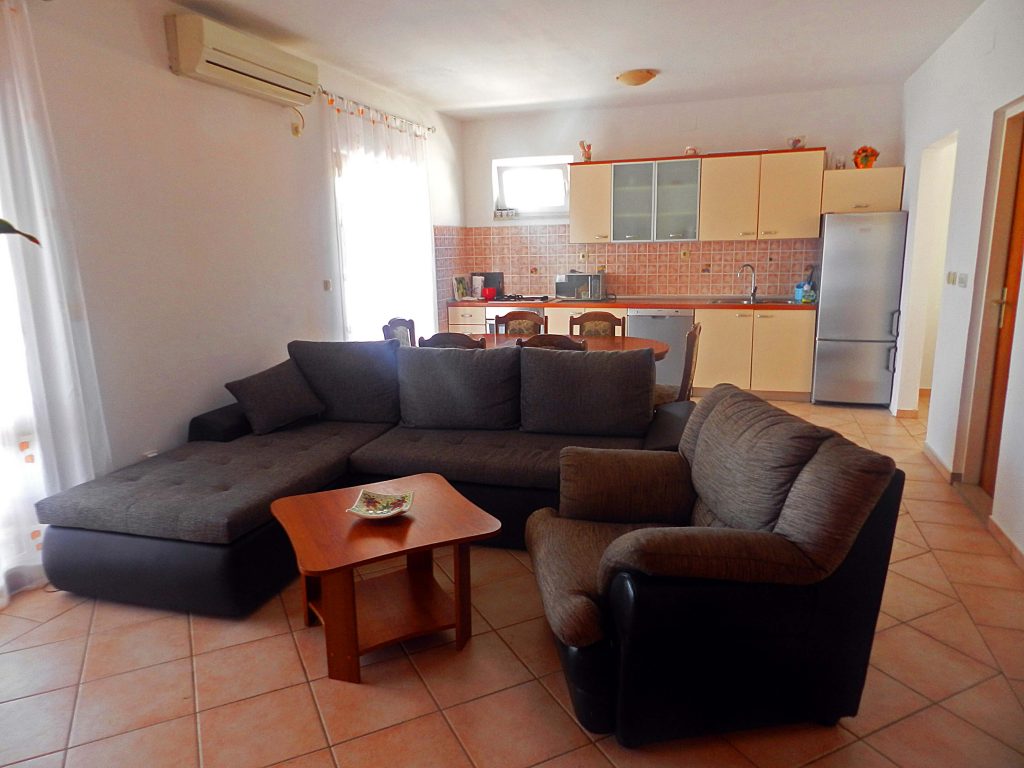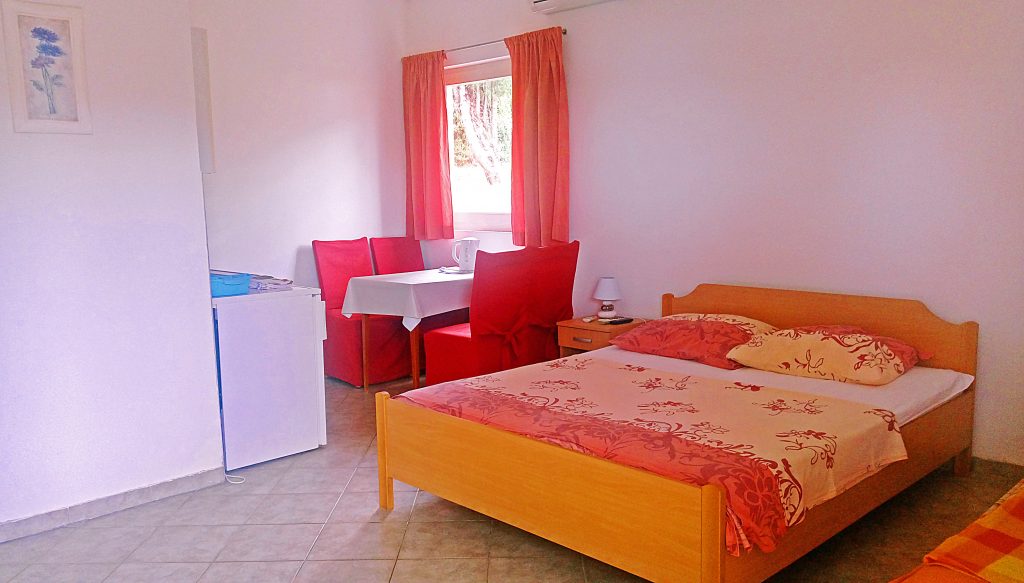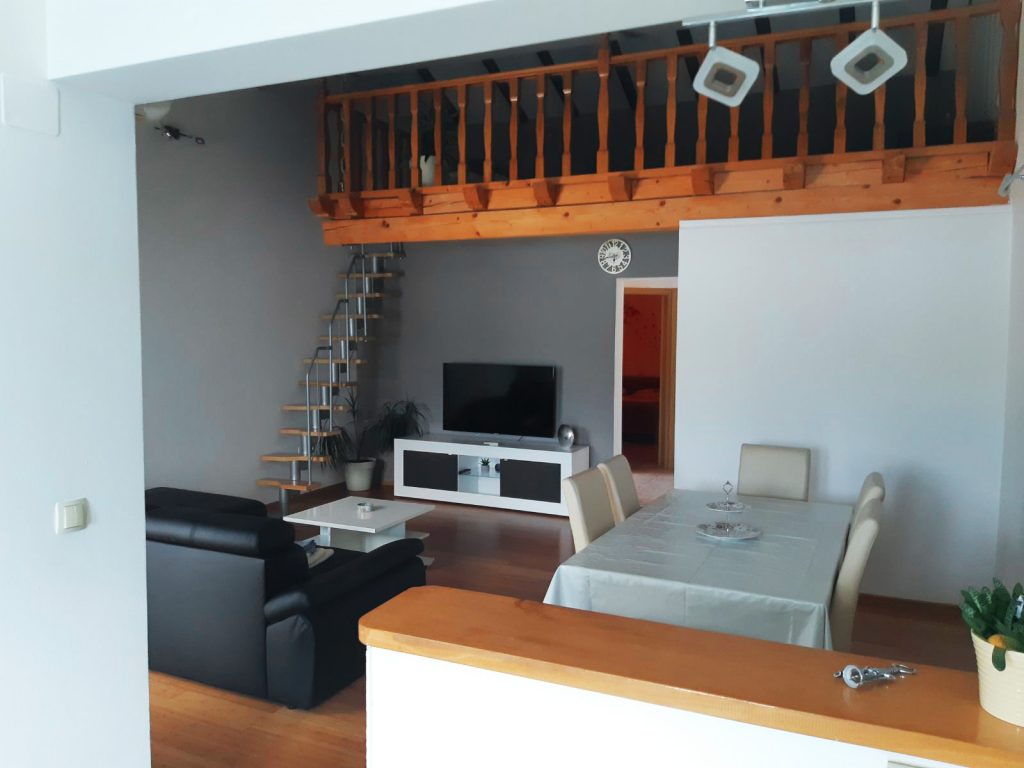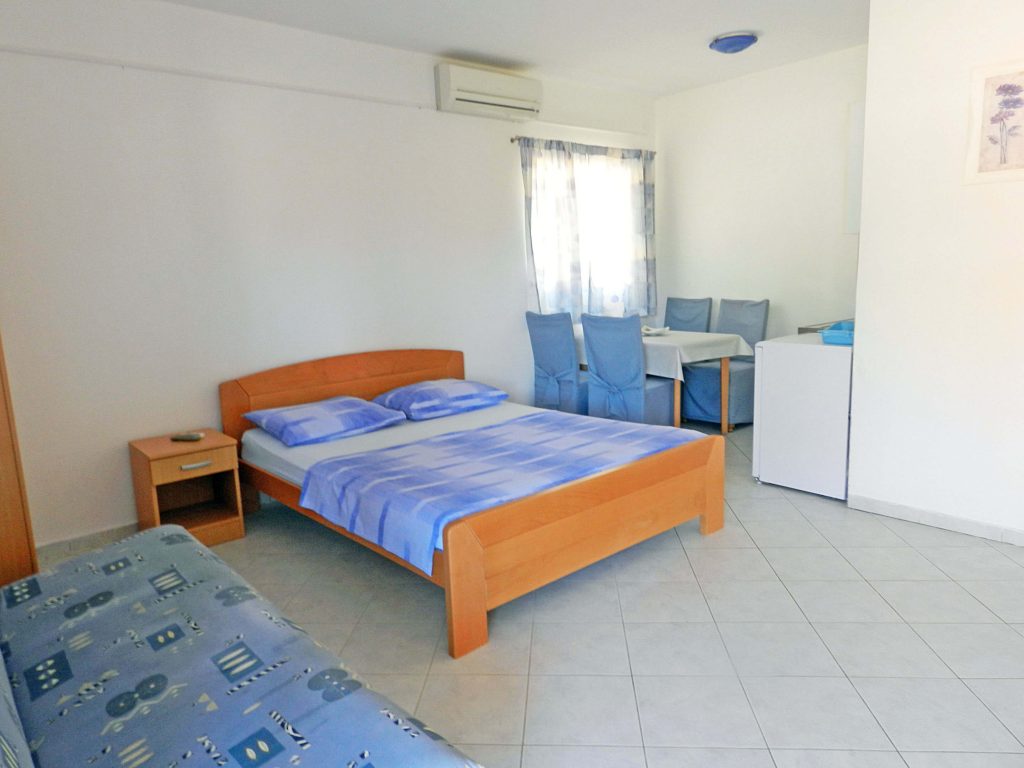Viganj

Viganj, a village and small harbour to the west of the southern coast of the Peljesac Peninsula, 7 km west of Orebic, across the water from Korcula Old Town.
Situated in a large cove west of Cape Sveti Liberan, on the rim of a fertile land area. The main occupations are farming, fishing and tourism. The mountain excursion area Sveti Ilija (961 m) lies to the north-east of Viganj.
The village is situated on the regional road running along the peninsula.
First settlements on this area date back to the prehistoric and ancient periods. The parish church of St. Michael was erected in the Gothic period, expanded in 1760. The shipowner Marko Krstelj had the Dominican monastery and church built in 1671. More about history of Viganj can be read at: Read more at: http://nakovana.com/viganj-2/
The church is a one-nave structure; the main altar is adorned with the statue of the Blessed Virgin Mary. There is also the wooden statue of Madonna with Child and a Renaissance bust of a saint. A cloister with an arcade in plain form is near the church.
Check our accommodation in Viganj: https://viganj-lucica.com/apartments/
| Country | Croatia |
|---|---|
| Languages spoken | Croatian |
| Currency used | Croatian Kuna |






